常熟國(guó)強(qiáng)和茂管材有限公司
Sinupower Heat Transfer Tubes Changshu Ltd.

400-100-7068
 微信號(hào):WEIXINHAOMA
微信號(hào):WEIXINHAOMA


 微信號(hào):WEIXINHAOMA
微信號(hào):WEIXINHAOMA


Sinupower Heat Transfer Tubes Changshu Ltd. is located in Changshu Yushan High-Tech Industrial Park, which is within the one-hour economic circle of the Yangtze River Delta, adjacent to Shanghai, Suzhou, Wuxi, Kunshan, Taicang and other economically active cities. The automotive industry value chain in the surrounding areas spans across nearly the full range from the upstream suppliers to the downstream end users. Within convenient distance, Changhe Expressway (s38), Shenhai Expressway (G15), G15w, G204 and other important transport networks are easily accessible. Sinupower is jointly founded by Mr. Robert Gao, who is a leading figure in the field of heat transfer tubes and once worked in the world's top 500 enterprises, together with a group of branch elites. Sinupower develops, manufactures and sells new energy precision aluminum alloy tubes with various wall thicknesses, shapes and sizes, such as folded tubes, rectangular tubes, flat oval tubes, round tubes, D-shape tubes, hour glass tubes, etc. These products are widely used in automotive heat exchange, commercial air conditioning, power station cooling, etc. Adhering to the concept of integrity, dedication, quality and innovation, we are in close collaboration with industry customers and continue to give full play to our excellent technology & quality. We are determined to become a global leader in precision aluminum tubes.

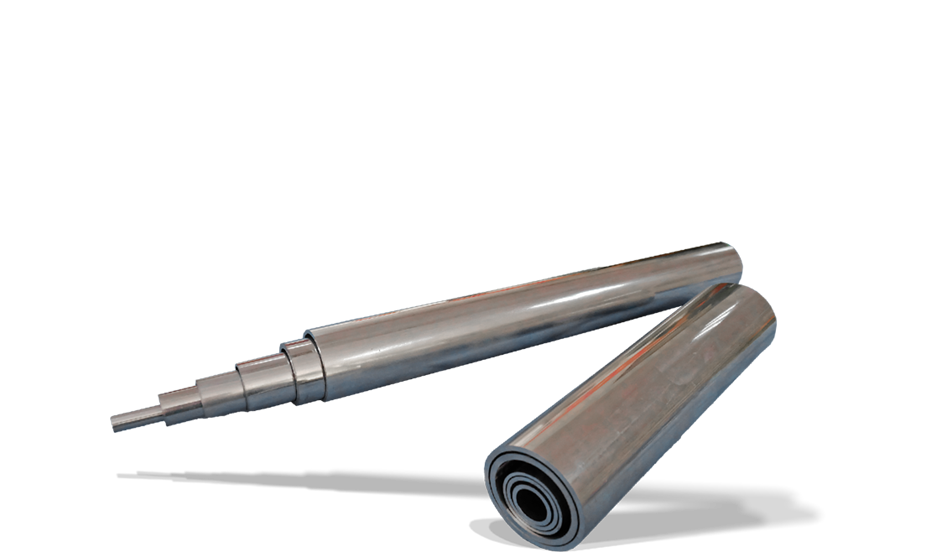

Transfer heat from hot fluid to cold fluid

Effectively control the heat dissipation and energy saving of each link

Cooling equipment with stable performance and long service life

Many new high-efficiency devices to improve heat exchange efficiency

Engineering, manufacturing, and installation to set performance and quality requirements

Design, manufacture and installation meet the set performance and quality requirements
Total solution provider for heat transfer tubes
Total solution provider for heat transfer tubes

Tube width: 9.0-60mm Tube height: 1.0-3.05mm Number of Ports: 5-28,are widely used in the automotive air conditioning as well as HVAC applications.
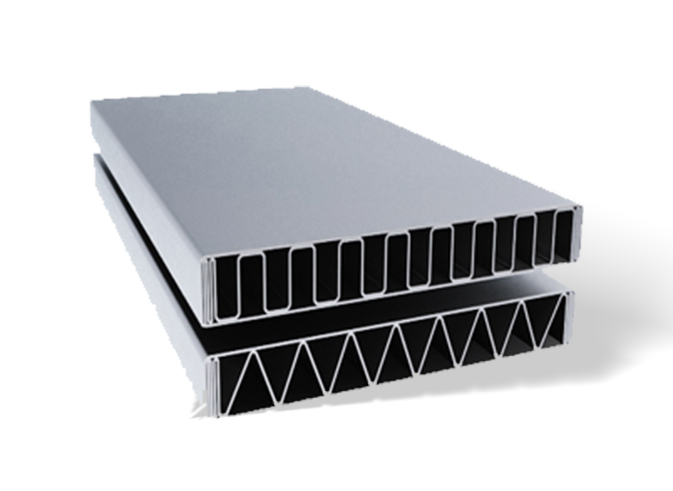
Tube width: 102-248mm, Tube height: 4.98-29.78mm, Material thickness: 0.32-1.0mm, special for modular cooling of small power battery unit
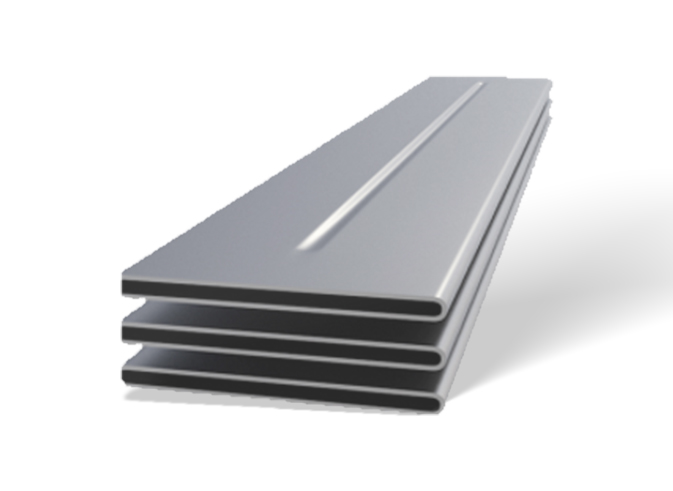
Tube width: 26-52mm, Tube height: 1.8-2.45mm, Material thickness: 0.25-0.45mm, which can be widely used in Radiators and Heater Cores
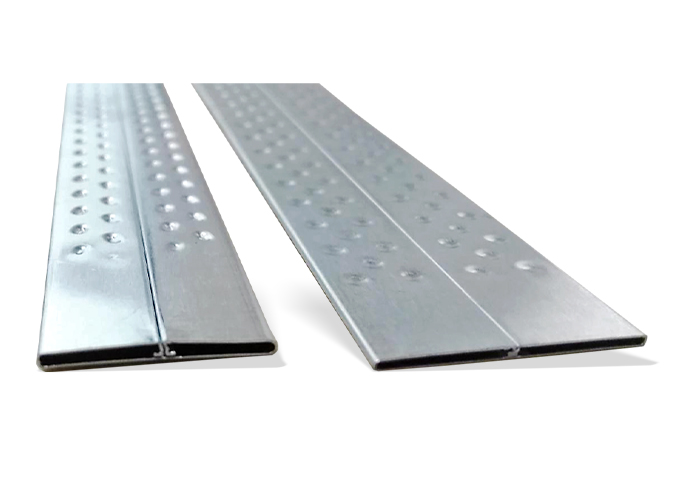
Tube width: 16-120mm,Tube height: 1.5-3.0mm,Material thickness: 0.2-0.35mm, widely used in a variety of radiator applications
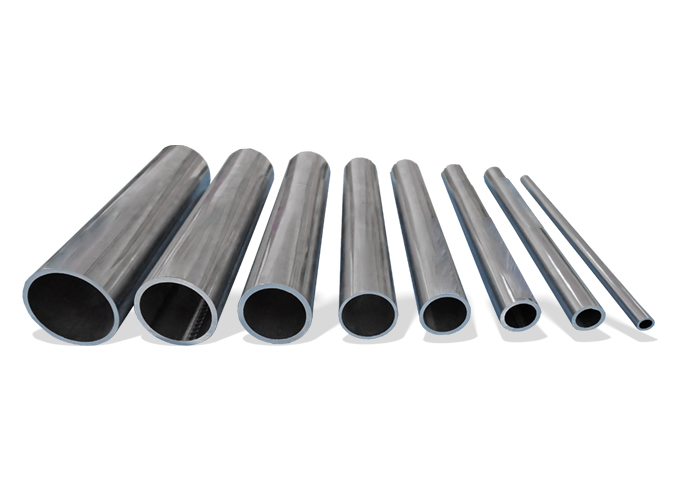
Outer diameter: 8-76mm, Material thickness: 0.3-3.5mm, widely used in all kinds of manifold applications

Tube width: 8-120mm, Tube height: 4-30mm, Material thickness: 0.3-3.5mm, widely used in intercoolers, water pipes and battery shells

The shape advantages of elliptical flat tubes are concentrated in three core dimensions: fluid mechanics performance, structural adaptability, and heat transfer efficiency, which are more scene specific compared to circular tubes and ordinary flat tubes.
B-type pipe "does not specifically refer to a fixed material pipeline, but rather a type of pipeline classified by structure, standard, or purpose. Its material characteristics need to be analyzed in conjunction with the corresponding materials for specific application scenarios (such as water supply and drainage, HVAC, chemical, etc.). The common B-type pipe materials include PVC-U, PE, cast iron
Elliptical flat tubes are widely used because their structural form balances "space utilization" and "performance optimization", which can improve key performance such as heat transfer and load-bearing while saving installation space, and adapt to the actual needs of multiple industries.
The reason why circular pipes (tubular profiles with a circular cross-section, made of materials such as metal, plastic, glass, ceramics, etc.) are widely used in multiple industries is mainly due to their structural and mechanical advantages, fluid transport adaptability, processing and installation convenience, and the ability to meet the dual needs of "functionality+economy" in different scenar
Square tube (full name "square steel tube", including square tube and rectangular tube, collectively referred to as rectangular tube) is a hollow metal pipe with a square or rectangular cross-section. Its core characteristics revolve around "excellent structural performance, strong form adaptability, and wide application scenarios". It combines the rigidity of metal materials with the lightweight

The shape advantages of elliptical flat tubes are concentrated in three core dimensions: fluid mechanics performance, structural adaptability, and heat transfer efficiency, which are more scene specific compared to circular tubes and ordinary flat tubes.
B-type pipe "does not specifically refer to a fixed material pipeline, but rather a type of pipeline classified by structure, standard, or purpose. Its material characteristics need to be analyzed in conjunction with the corresponding materials for specific application scenarios (such as water supply and drainage, HVAC, chemical, etc.). The common B-type pipe materials include PVC-U, PE, cast iron
Elliptical flat tubes are widely used because their structural form balances "space utilization" and "performance optimization", which can improve key performance such as heat transfer and load-bearing while saving installation space, and adapt to the actual needs of multiple industries.
The reason why circular pipes (tubular profiles with a circular cross-section, made of materials such as metal, plastic, glass, ceramics, etc.) are widely used in multiple industries is mainly due to their structural and mechanical advantages, fluid transport adaptability, processing and installation convenience, and the ability to meet the dual needs of "functionality+economy" in different scenar
Square tube (full name "square steel tube", including square tube and rectangular tube, collectively referred to as rectangular tube) is a hollow metal pipe with a square or rectangular cross-section. Its core characteristics revolve around "excellent structural performance, strong form adaptability, and wide application scenarios". It combines the rigidity of metal materials with the lightweight